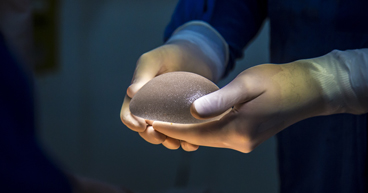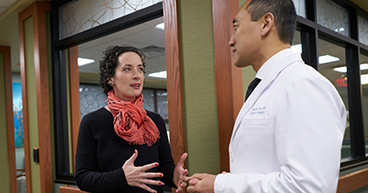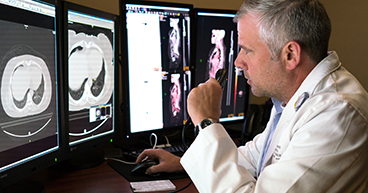
Updates: On Oct. 27, 2021, the U.S. Food and Drug Administration issued new requirements designed to inform patients of potential safety risks associated with breast implants. The requirements include new labeling with a safety warning, a patient decision checklist and a list of materials used to manufacture the implants. The FDA says the new requirements are intended to “help patients understand the risks and benefits of breast implants and make more informed decisions about their health.”
Also, on June 1, 2020, breast implant manufacturer Allergan has issued a worldwide recall of its BIOCELL® line of textured breast implants and tissue expanders. The recall came at the request of the U.S. Food and Drug Administration following concerns about the incidences of breast implant-associated anaplastic large cell lymphoma (BIA-ALCL) linked to these products.
Here's a list of the recalled product model numbers.
Original post: With fears growing about a rare type of cancer that has been largely linked to certain breast implants, doctors hope expanded recommendations around the diagnosis and treatment of the disease will increase awareness, and ease concerns. Breast implant-associated anaplastic large cell lymphoma (BIA-ALCL) is a blood cancer diagnosed mostly in women with certain breast implants. The U.S. Food and Drug Administration (FDA) confirmed 457 cases of BIA-ALCL worldwide as of February, with 265 of those diagnosed in the United States. That’s a tiny fraction of the roughly 1.5 million people around the globe who receive breast implants each year, which is why women with implants should educate themselves about the risks and symptoms but not be overly concerned, experts say.
“This is a very rare occurrence, so I think this awareness is a testament to the vigilance of our medical community and to others for giving so much attention to something as uncommon as only a few hundred cases worldwide,” says Rola Eid, DO, FACOS, FACS, Medical Director of Plastic and Reconstructive Surgery at our hospital in Tulsa. “Still, those few hundred cases are worth our attention, and worth keeping the associated symptoms on our radar.”
A rare form of lymphoma
The FDA first identified a possible connection between breast implants and anaplastic large cell lymphoma (ALCL) in 2011. Five years later, the World Health Organization recognized BIA-ALCL as a unique form of ALCL that may develop following breast implant surgery. Since 2016, professional organizations, including the Plastic Surgery Foundation and the National Comprehensive Cancer Network, have published information to help doctors understand the cancer, so they can better diagnose and treat patients with the disease.
Most of the recommendations around BIA-ALCL involve education. For example, the disease most often occurs in women who have textured breast implants. In the United States, that accounts for only about 12 percent of women who receive implants, with the vast majority opting for the smooth-surface implant shell.
Also, although it may spread elsewhere in the body, BIA-ALCL is most commonly discovered in the scar tissue and fluid near a breast implant. Fluid build-up is generally what leads to symptoms, which may include:
- Swelling
- Lumps
- Asymmetry
- Pain around the affected breast implant
Timing of symptoms key
Symptoms from BIA-ALCL also shouldn’t be confused with the symptoms caused by surgery, which generally resolve in a few weeks. Women should contact their doctor for a physical exam if they have fully healed from their breast implant surgery, but then develop swelling, lumps or changes in or around their breast implants, including pain, Dr. Eid says. Further testing may include an ultrasound, fluid collection and lab testing. “Fortunately, BIA-ALCL is highly treatable when it's diagnosed and treated early, and oftentimes, treatment simply involves removal of the implant and the capsule surrounding the implant,” Dr. Eid says. “Following removal, replacement with a smooth-surface implant may be an option.” She also recommends that women with breast implants receive annual examinations by a plastic surgeon.
“Patients should educate themselves on the potential risks of implants—both textured and smooth—before receiving implant surgery,” Dr. Eid says, adding that it’s also important to remember how low the risk is, affecting between one in 3,817 and one in 30,000 women with textured breast implants. “I’ve had a few patients who have learned about BIA-ALCL through the media and have wondered if they have textured implants in place. I do mention this cancer while I'm educating patients ahead of breast reconstruction surgery, but I also let them know that the risk is extremely remote.”



